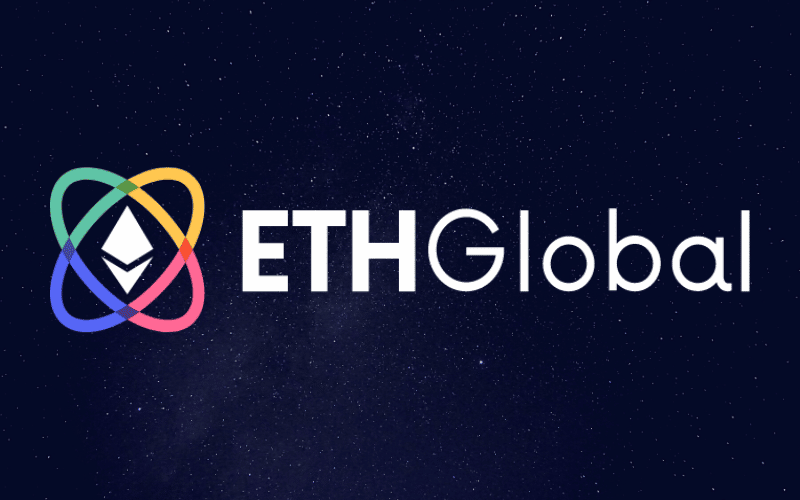Who is Arkham? A free Nansen exploring tokenized business models.
Arkham is a free Nansen exploring tokenized business models.Author | defioasis
Editor | Colin Wu
Binance recently announced the launch of its 32nd Launchpad project, Arkham (ARKM). As a data analysis platform, Arkham does not adopt a premium model for advanced features like other similar platforms such as Nansen or 0xScope. Instead, it addresses the revenue challenge by leveraging token economics on top of being a free public product. In the crypto field, on-chain data can be considered a gold mine, and interpreting on-chain data can bring many investment and arbitrage opportunities. The use of data analysis platforms is mostly based on real demand in this track, so the number of users in this field is more authentic and the quality is higher.
TL;DR
- CZ Binance’s Six-Year Anniversary Handwritten Letter Defending the Right Thing, Even if It Means Going to Court
- Millions of fans internet celebrity’s “textbook-like rights protection” after being falsely accused of pornography. Can blockchain solve the problem of online violence?
- Full text: US announces first criminal case involving attack on DEX smart contract.

Based on openness, data analysis platforms can be roughly divided into two categories. One type is fully open data analysis platforms, where users can define their own parameters, such as Dune Analytics, Flipside, and Footprint Analytics. The other type provides packaged data products and users can perform queries within defined limits, such as Nansen, 0xScope (Watchers), and Arkham. Currently, all six platforms have received financing. Among them, Dune Analytics, Flipside, Nansen, and Arkham have all raised cumulative funding of over tens of millions of dollars. Coinbase is the most active investor in this field, and it has invested in the top three platforms.
In terms of the number of supported public chains, data analysis platforms that require users to create their own platforms support a significantly larger number of public chains compared to the packaged platforms. The latter has higher requirements for data organization and service capabilities for startups. Currently, Dune Analytics supports 13 public chains, Flipside supports 18, Footprint supports 27, Nansen supports 11, Watchers supports 3, and Arkham supports 8. Ethereum, BNB Chain, and Arbitrum are widely supported public chains, but there is less support for zk-based public chains and Bitcoin.
In terms of functionality, Nansen is the most comprehensive among these three platforms. From a token perspective, it provides information on the buying and selling activities of smart money over a period of time, the inflow and outflow of exchanges (CEX and DEX), the overall inflow and outflow of stablecoins, the average holding period, profit and loss, smart money situation, and changes in balances and trading activities of individual holders. From a smart contract perspective, it can track the APY provided by popular contracts and LP trading pairs, as well as token/NFT interaction within the contracts. It has a comprehensive tagging system, making smart money a focus of daily community attention. Compared to Nansen, Watchers and Arkham are much younger. Watchers’ biggest feature is providing a visual graph of data, reducing the time cost of on-chain research. It also supplements entity analysis related to relevance under the tagging system, helping professional investors explore addresses that are closely related to the tags but outside the tags. Arkham is the only data analysis platform among the three that does not support NFTs, and it focuses more on individual addresses/entities. Therefore, Arkham does not provide some global data. Most of the features on Arkham can be found on Nansen, and it also introduces visual data graphs like Watchers. In addition to being free, it has a unique archiving function that provides the investment portfolio and graph of addresses/entities at any two points in history. (Dune, Flipside, and Footprint can mostly create applicable panels through SQL and creative intentions, so they will not be discussed for now.)
Before Arkham, it was generally believed that data analysis platforms did not have a high demand for tokens. The platforms that provide data packaging services mainly operate on a subscription model, similar to Web2, and only offer limited functionality for free users as a trial. Different levels of paid plans are offered, providing differentiated features and services, but often with high pricing that discourages ordinary investors. Nansen has three levels of payment tiers (monthly payment) at $150, $1500, and $3000 per month. Watchers offers more features for free users compared to Nansen, at $198 and $2000 per month, and also provides customized paid options. On the other hand, DIY data platforms are limited to public products, and data analysts often find themselves providing services without receiving returns, especially for independent data analysts who have the ability but lack the motivation. Currently, the business models of Dune, Flipside, and Footprint are quite similar, allowing users to use their platforms for free and charging creators or data teams who have further needs to improve response speed and provide better CSV and API services.
Arkham, on the other hand, combines token economics to explore another business path. The key point is to create token consumption scenarios and demands by integrating data analysis as a core function. In this regard, Arkham has launched the Intelligence Exchange. The Intelligence Exchange is an important place that connects on-chain data analysts with ordinary users. Its daily use scenarios are similar to the behavior of on-chain detective ZachXBT, who helps ordinary users identify scams and assist in recovering funds through analysis of on-chain data on Twitter. However, ZachXBT provides free assistance based on good morals without expecting returns, and it is generally difficult to find another person who does such things for free. Arkham provides a channel for experts with excellent on-chain analysis capabilities to monetize their knowledge. Whether it is a security issue or an investment issue, any intelligence that can find answers through on-chain information can be used for trading. After the platform is built, the introduction of ARKM is a logical step. Any user can obtain valuable information from data analysts by paying with ARKM. Buyers can offer bounties, and sellers can auction. Arkham maintains the long-term operation of the platform by charging a certain fee from both parties in the transaction – Arkham charges a 2.5% maker fee for listing and auction submissions, and a 5% taker fee for bounty payments and successful auction bids.
However, the model of introducing tokens by data analysis platforms may not be universally applicable. In the movie “The Wolf of Wall Street,” there is a classic “sell me this pen” question. The important thing is not the pen itself, but the creation of the demand and scenario for using the pen. It is not difficult for any Web3 data analysis platform to introduce tokens, but creating the usage scenarios for tokens is not simple. Essentially, Arkham is not based on the positioning of a data analysis platform to introduce tokens, but rather, based on the core foundation of data analysis, to create a platform for trading the value of on-chain data, and the medium for value transactions on the platform is the demand and scenario for this “pen”. In addition, after Arkham logged into Binance IEO, the founder of Dune reiterated the stance of not issuing tokens and launched a somewhat ironic NFT.
Reference link:
https://www.arkhamintelligence.com/careers-details/data-scientist
We will continue to update Blocking; if you have any questions or suggestions, please contact us!
Was this article helpful?
93 out of 132 found this helpful
Related articles
- What is Web4.0 mentioned in the EU’s “Initiative” document? What is its relationship with Web3.0?
- Interpreting Google Play’s Digital Assets Policy: NFTs are allowed to appear in apps and games, but mining on devices is not allowed.
- After Arkham, which data tools still haven’t released their own tokens?
- Full Text of Gavin Wood’s Speech: How Polkadot is Shifting from “Chain-Centric” to “App-Centric”
- The English Football Association plans to establish an NFT platform, analyzing the commercial model that combines sports and Web3
- Meng Yan: After visiting Africa, I now believe that the opportunities for blockchain are in the Indo-Pacific region.
- Weekly Financing Report | 12 Public Financing Events; L1 Blockchain Shardeum Completes $5.4 Million Strategic Financing with Participation from Amber Group






